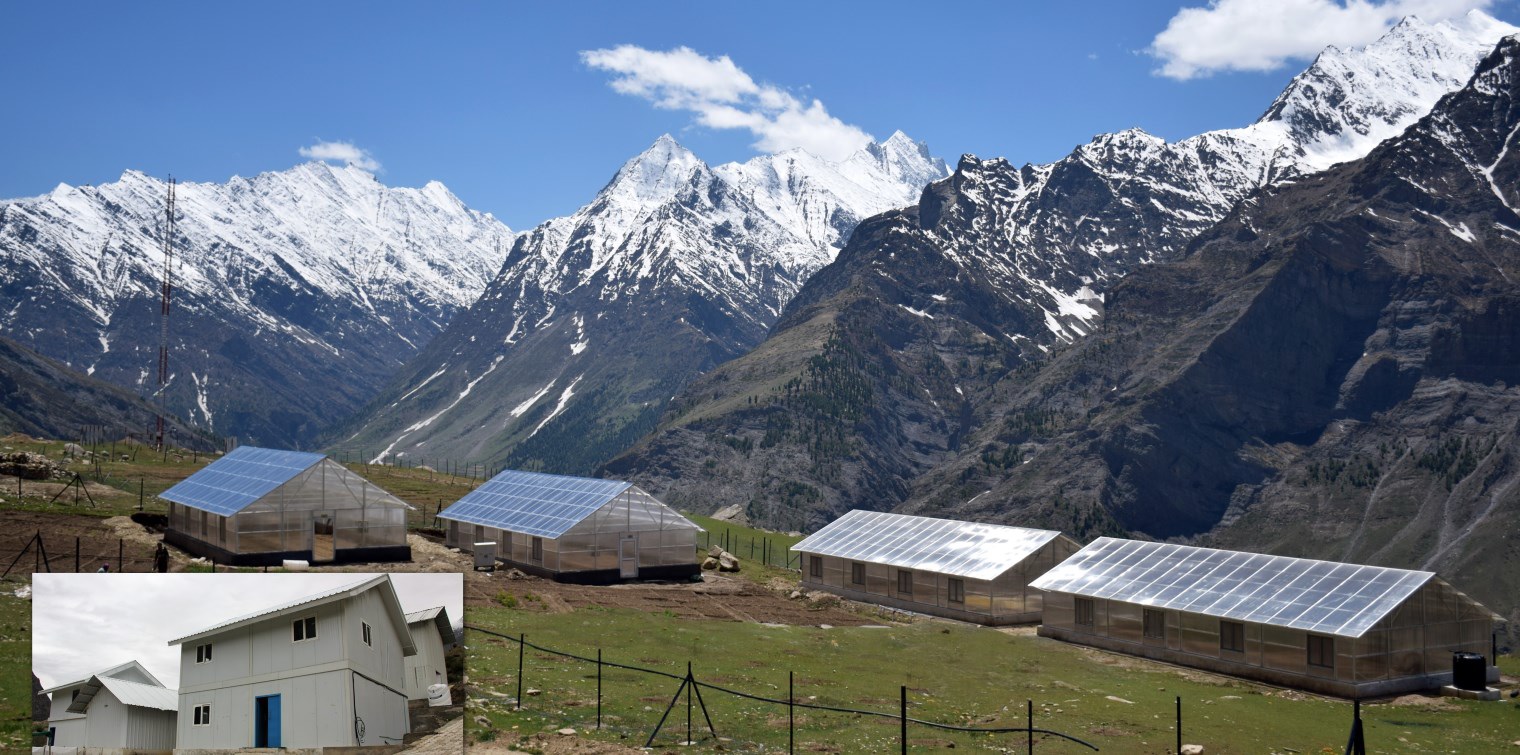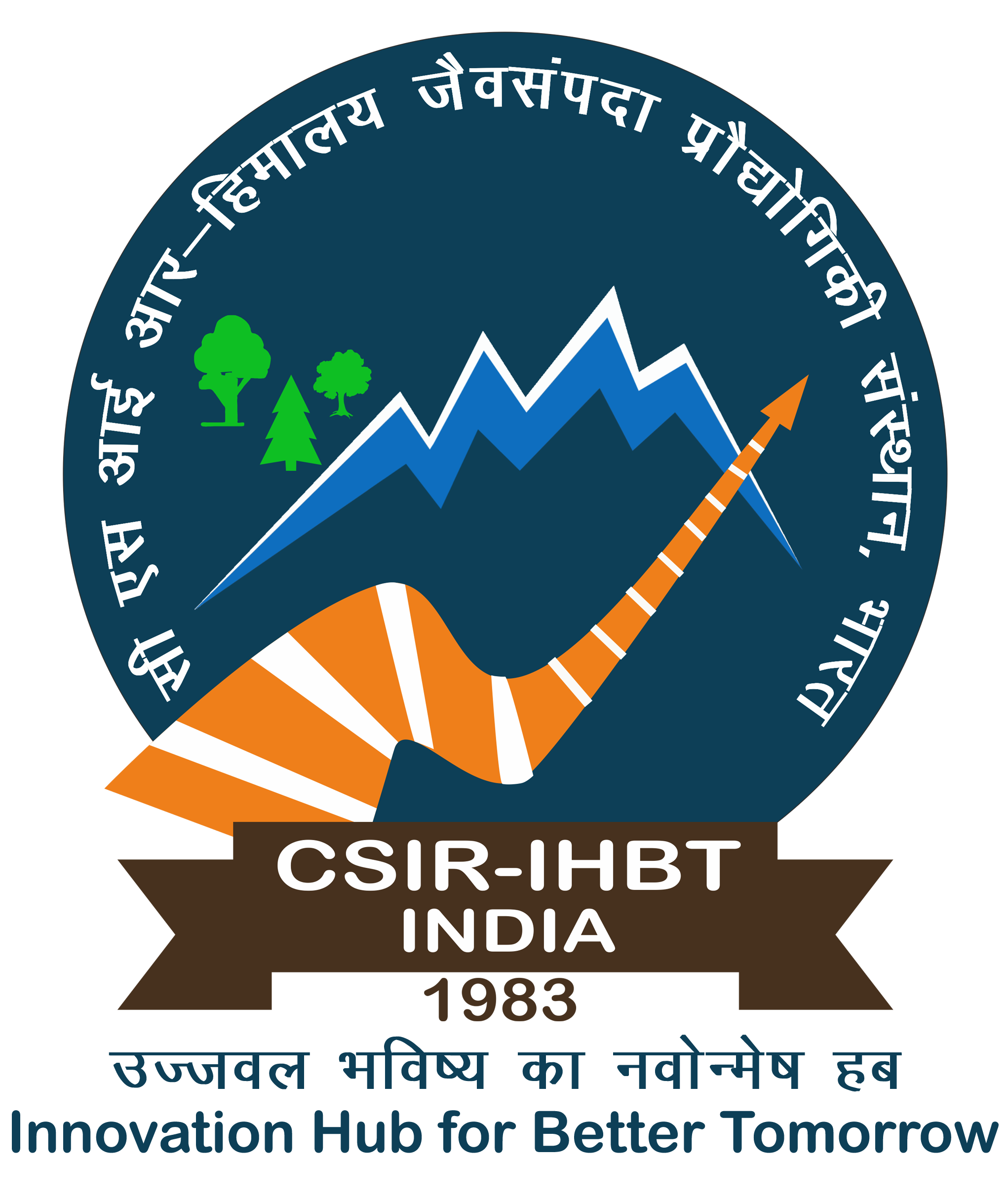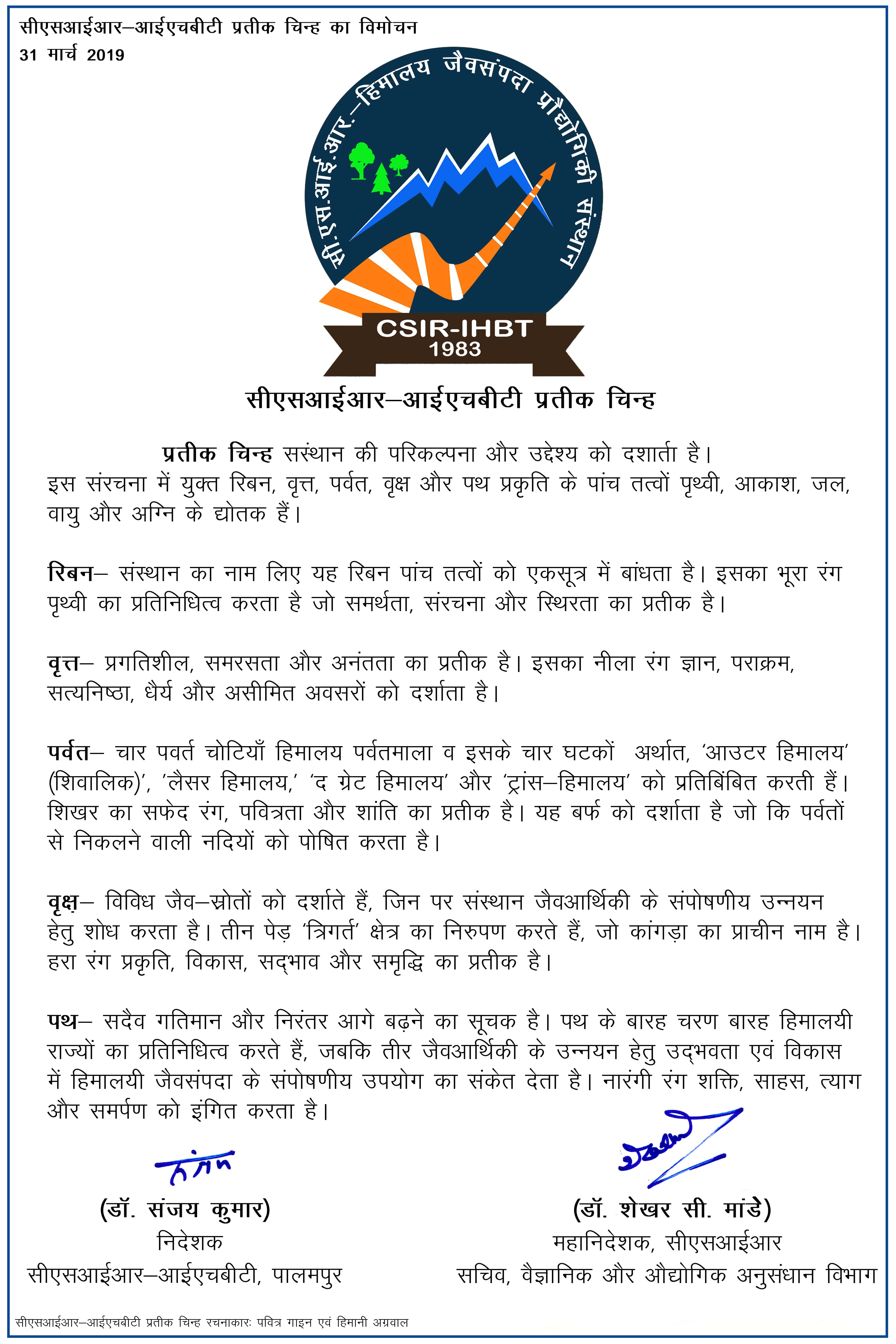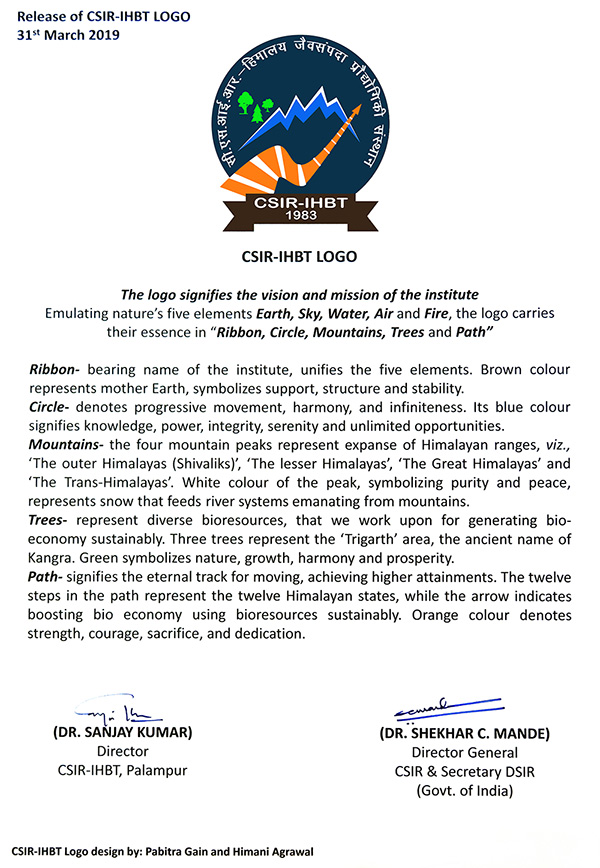
Aligning with the National Mission for Sustaining Himalayan Ecosystems (NMSHE), a State-of-the-Art centre “Centre for High Altitude Biology” has been established in cold desert region at Ribling, in district Lahaul & Spiti (H.P.) to undertake studies on adaptation biology of plants, microbes, insects and ecosystems in the wake of climate change and for sustainable utilization of high altitude plant resources for the benefi t of native people, society, industry and environment. (Download Brochure)
Objectives
- Mapping, conservation and bioprospecting of genetic resources of high altitudes (including medicinal plants)
- Study and predict the effects of climate change and understanding adaptation strategies of high altitude plants
- Ex situ conservation of native, endemic and threatened plants including establishment of conservatories
- To develop strategies for conserving and promoting high altitude bio-resource.
- Societal upliftment through extension of technologies and skill development programmes
Infrastructure:
- Environmental data towers
- Farm and polyhouse facilities
- Plant and microbial labs
- Pilot plants for post harvest management
- Cold conservation facility
- Food processing facility unit
- Essential oil extraction unit
- Plant tissue culture laboratory
- Training center
Achievements of high altitude research:
- Ten Long Term Ecological Research Plots for monitoring vegetation in treeline zone
- Spatio temporal vegetation and biomass maps using RS-GIS
- Impact of altitude and temperature on picroside metabolism in Picrorhiza kurrooa
- Propounded a novel carbon sequestering pathway and nitrogen utilization mechanisms
- Key genes responsible for imparting biotic and abiotic stress tolerance in plants
- Commercial floriculture in Lahaul valley
- Germplasm resource centre of sea buckthorn (Hippophae rhamnoides)
- Demonstration plots of Picrorhiza kurrooa, Aconitum heterophyllum and Crocus sativus (saffron), Ginseng etc.















